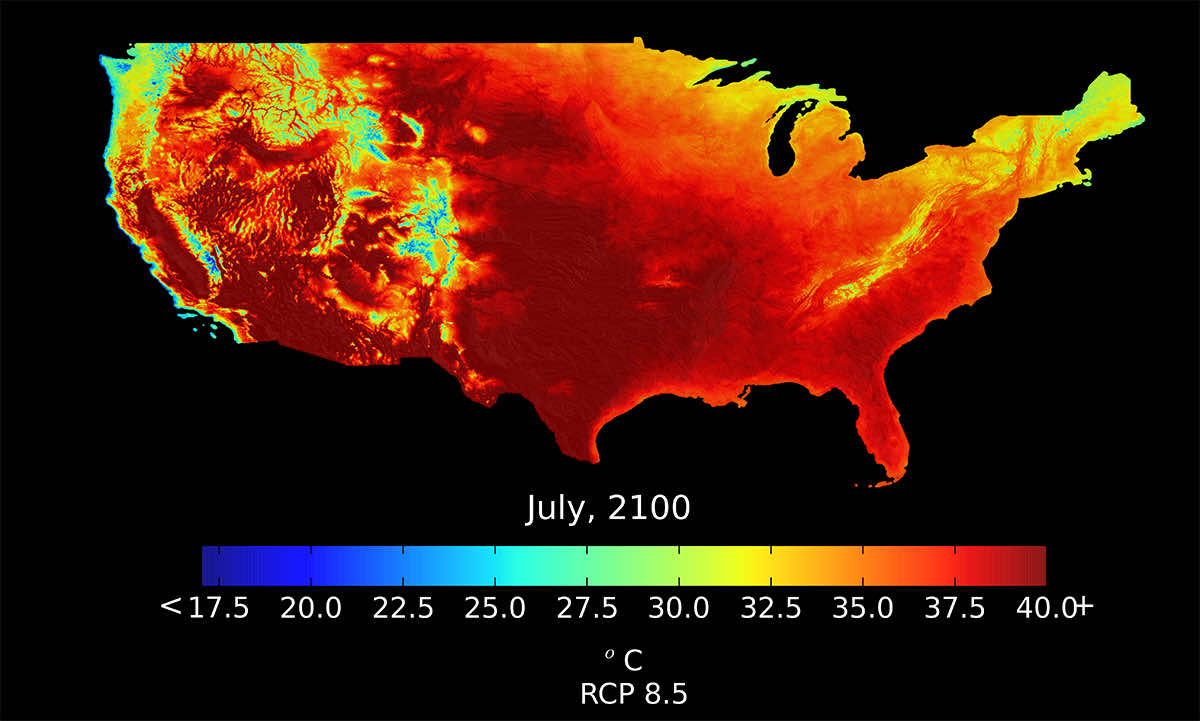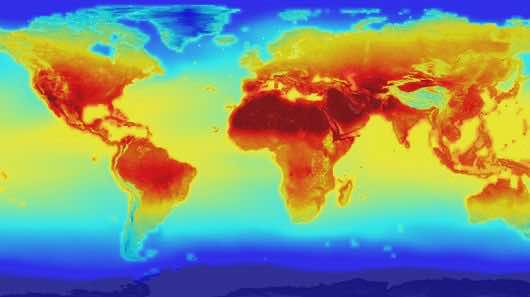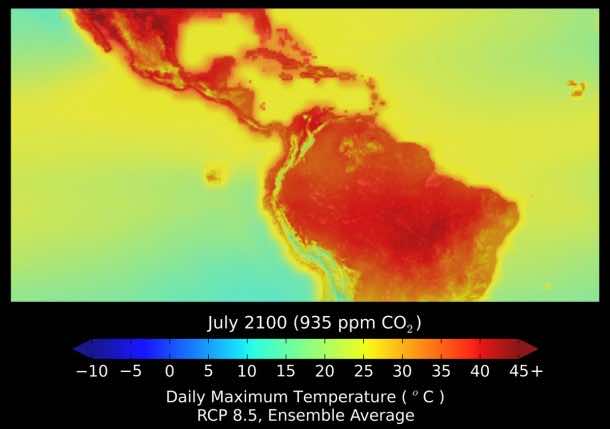NASA has all the right toys to do it, and it was rather expected that they too would be making a declaration about the changing climatic balance of the world. The premier space agency of the world has released a new data set that shows how rainfall and temperature patterns are expected to change by the end of the current century. The data uses twenty-one different models of climatic change developed by different research entities. The main focus of the model is greenhouse gasses and how they will affect the climate of the world.
The results were compiled under the umbrella of NASA Earth Exchange (NEX), a collaborative platform where advantages of supercomputing available to NASA and the organization’s awesome remote sensing equipment is used to collect huge chunks of data and analyzed in the light of climate change models. Scientists rarely have access to such vast pools of data and, therefore, the results of these studies will be much more accurate than other predictions based on lesser amount of data.
The idea behind the NEX initiative is to provide data access to scientists to help them make contingency plans for the future disasters like floods and heatwaves caused by this climatic shift. The data is open to the public, and we can observe environmental changes on a daily time scale from individual towns and cities to whole continents. The projections provide an awesome detailed map of climatic change from 1951-2100 up to a 25 Km resolution. To to come up with this map, the space agency combined real-time historical data with climate simulation data from the Fifth Couple Model Intercomparison Project.
It is a collective global effort at better understanding of the climatic change, and it has the beauty of different variant models. Some predict the world will have to be abandoned by the end of the century while others take a relaxed approach and say the atmosphere will balance out in time if we reduce emissions and other greenhouse gasses. It is a significant step by NASA to safeguard the future of our planet. This new tool will go a long way in preparing and planning for the future climatic implications in a scientific manner.




